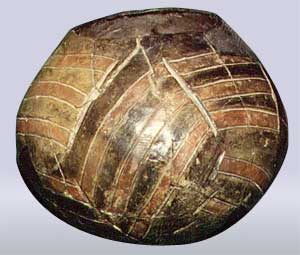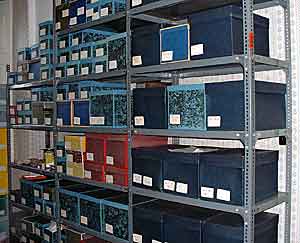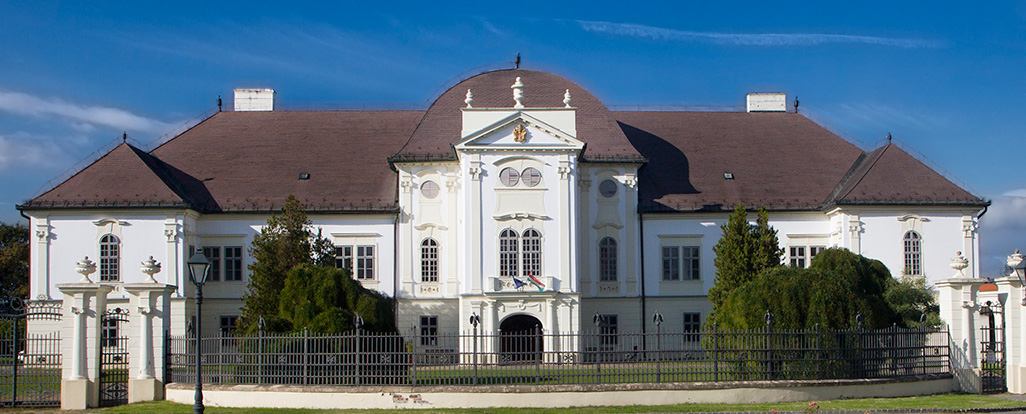Collections
The Archaeological Collection
One of the most important tasks of the museum besides the collection and the preservation of the different types of objects is the analysis and exhibition of these. A concious collecting work started first in the fifties when skilled and educated archaeologists began to work for and at the museum.
Most of the finds belong to prehistoric and medieval times. The most important prehistoric finds have been collected from the systematic excavations in Benczúrfalva-Majorhegy, where three bronze hoards were found as well. The entire material of the largest Late Bronze Age cemetery, that of Nagybátony is also deposited at the museum, as well as that of Litke and parts of the cemetery of Zagyvapálfalva (the greater part belongs to the collection of the Hungarian National Museum).
 In the seventies and early eighties the collection grew with the excavation material from the large Neolithic settlement of Szécsény-Ültetés, and from the Middle Bronze Age settlement of Buják-Tarisznyapart. Two very important bronze hoards came into light in Érsekvadkert and Csitár. Quite a few finds are known from the Copper Age in our region (Salgótarján-Pécskő, Nógrádkövesd, Galgaguta).
In the seventies and early eighties the collection grew with the excavation material from the large Neolithic settlement of Szécsény-Ültetés, and from the Middle Bronze Age settlement of Buják-Tarisznyapart. Two very important bronze hoards came into light in Érsekvadkert and Csitár. Quite a few finds are known from the Copper Age in our region (Salgótarján-Pécskő, Nógrádkövesd, Galgaguta).
Due to the greater excavations in Salgótarján and in Balassagyarmat, a larger archaeological material is known from the Iron Age.
Nevertheless, very little finds got to the museum from the Migration period and from the period of the Hungarian Conquest, although their scientific value is very important indeed (e.g. Sóshartyán, Karancslapújtő).
Medieval finds are best known from the castle excavations in Hollókő, Szanda, Szuha and from the excavations in Pásztó and Szécsény.

The more remarkable finds in the latest years originates from the excavations at the castle of Drégely and the Neolithic multilayer settlement in Karancsság. A Bronze Age house in Ecseg and a medieval coin hoard in Nógrádmegyer are noteworthy findings of the last decade.
Excavations, field surveys and rescue excavations provide for the continual growth of the collection.




